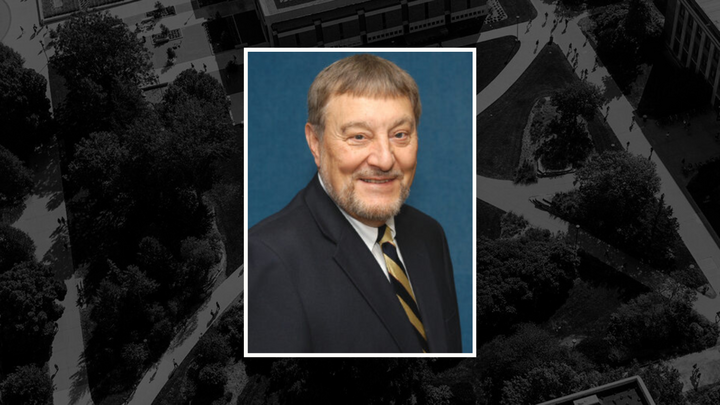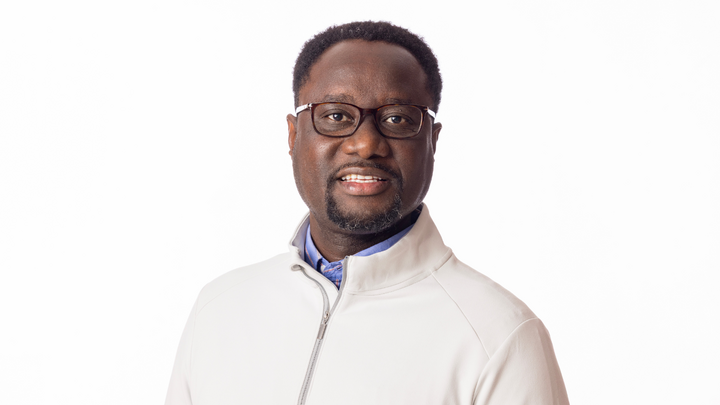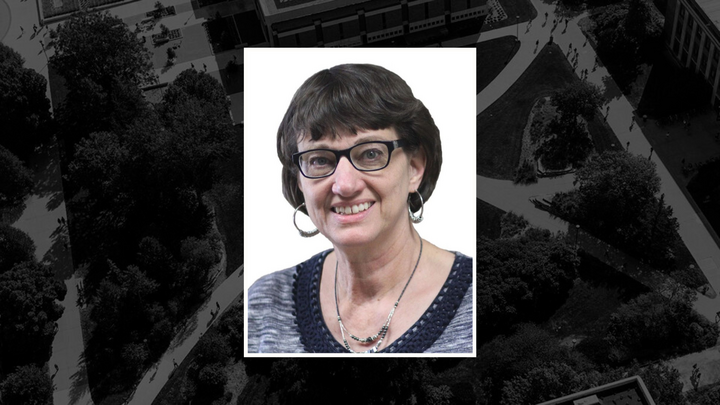The University of Nebraska-Lincoln's official census date was on Monday, Aug. 29, 2022. Data from the official census is now available and provides us an opportunity to examine and gain insight into our enrollment trends.
Overall college enrollment fell 3.9% between fall 2021 and 2022, while enrollment at UNL declined 2.6% over the same period. The decline in undergraduate enrollment was less pronounced at 1.7%, falling from 961 to 945. Graduate enrollment saw a steeper decline at 27.8%, falling from 90 to 65 this fall.
Incoming Freshmen
Enrollment from incoming freshmen is a bright spot. The college led the university in growth in incoming freshmen with a 16.3% increase (147 to 171) over last year, while enrollment of incoming freshmen university-wide fell by 2%.
Transfer Students
The college also led the way in transfer student enrollment growth. Transfer student enrollment in the college more than doubled, growing from 14 to 30, an increase of 114%. Transfer students are counted as those who transfer from another institution to the University of Nebraska-Lincoln.
Undergraduate Majors
Headcount enrollment in our undergraduate majors was mixed. Advertising and Public Relations (-6.7%) and Journalism (-12.7%) saw overall enrollment declines, while broadcasting (10.3%) and sports media and communication (7.4%) grew. Headcount enrollment is determined by a student’s primary major.
Almost three-fourths of our undergraduate students (72%) are enrolled in either advertising and public relations or sports media and communication. The remaining 28% are evenly split between journalism and broadcasting.
Graduate Programs
Three of our graduate programs saw enrollment declines, integrated media communications (-31.1%), professional journalism (-43.8%) and financial communications (-66.7%). The public relations and social media graduate certificate was the only program to see an enrollment increase (30%).
Graduate program enrollment continues to be dominated by the master's in integrated media communications, with 65% of total grad enrollment.
Double Majors
Double majoring has become more popular for undergraduate students. Last year, 167 of our students had more than one major, 17.3%. This year, 209 of our students had more than one major, 22.1%. Most of the double majors are within the college, 150 out of the 209. The top five double majors for our students are:
- ADPR (58)
- BRDC (47)
- SPMC (31)
- Pre Law (27)
- JOUR (14)
Students with primary enrollment outside CoJMC also double major in our college. A total of 73 students with a primary major in another college, also have a CoJMC major.
Total Majors
Total majors differs from headcount enrollment in that if a student has more than one major they will be counted more than once. Understanding the total number of majors in a program is important for academic planning purposes. According to official figures, the college has an enrollment of 945. However, the college must serve 1,168 majors.
|
|
Major 1* |
Major 2 |
Major 3 |
Total |
|
ADPR |
391 |
90 |
1 |
482 |
|
BRDC |
128 |
53 |
1 |
182 |
|
JOUR |
137 |
29 |
5 |
171 |
|
SPMC |
289 |
43 |
1 |
333 |
|
Total |
945 |
215 |
8 |
1168 |
*Only Major 1 is counted for headcount enrollment.
Minors
The college offers one minor in broadcasting for undergraduate students at UNL. Enrollment in the broadcasting minor remained flat at 28 students between fall 2021 and fall 2022.
The college also requires our students to declare at least one minor. The 10 most popular minors for our students are:
- Comm Studies (94)
- Business (73)
- Psychology (65)
- English (42)
- Entrepreneurship (41)
- Political Science (37)
- History (32)
- Hospitality, Tourism and Restaurant Management (31)
- Film Studies (30)
- Coaching (27)
Demographics
Undergraduate enrollment in the college grew at the freshman and sophomore levels. But enrollment declined among juniors and seniors. A couple of possible explanations for this include retention during COVID and a decline in internal transfers from other UNL colleges. Examining this more closely will be important for understanding this trend.
Overall, the college lost a total of 16 undergraduate students between fall 2021 and fall 2022.
This pattern is similar to the overall university trend, except for incoming freshmen. Overall, the university declined 2% in incoming freshmen. The university grew in other freshmen and sophomore enrollment and fell in enrollment from juniors and seniors.
The college declined in both incoming and returning graduate students. Many graduate students take periodic breaks while progressing toward their degrees. To reverse this trend, the college will need to focus on both graduate recruitment and take steps to keep students enrolled in classes and making progress.
Residency
The college’s nonresident student population grew from 341 in 2021 to 349 in 2022. At 34.5% of our student body, we continue to outpace the university’s 31.7% in nonresident enrollment.
The college far exceeds the university in undergraduate non-resident enrollment. 24% of the college’s undergraduate students are nonresidents, compared to 25.4% university-wide. An even larger proportion of the college’s graduate enrollment are nonresidents at 42%.
International Students
Overall, 4.1% of the college’s enrollment is from international students (41). Students hail from 19 total countries. China (6), Vietnam (4) and Mexico (4) have the largest number of international students enrolled in CoJMC.
3.7% of our undergraduate students (34) are international. The number of undergraduate students declined by 5.6%, dropping from 36 students in 2021 to 34 in 2022. In fall 2022, students came from 18 countries.
Not surprisingly, international students represent a higher proportion of our graduate students than undergraduates. In fall 2022, 10.8% of our graduate students are international. This is down from 13.3% in fall 2021. Our proportion of international graduate students is lower than the university, where international graduate students represent 34.8% of all graduate students.
CoJMC graduate students hail from seven different countries and all international students are pursuing a master’s degree, as opposed to a graduate certificate.
US States
The college’s proportion of non-resident students far outpaces the university. Most of our enrollment is concentrated in the Midwest and from university target markets of Kansas, Minnesota, Illinois and Texas and the college continues to see growth in these markets. Our students hail from a total of 39 states.
Since undergraduates are such a large proportion of our overall student population, their residency closely mirrors that of the college overall. Undergraduate students come from 37 states.
Understanding where we are seeing enrollment increases and declines in our undergraduate and graduate student populations can help us better target our recruiting efforts. Between fall 2021 and fall 2022 the college lost the largest number of undergraduate students from Nebraska (-34) and Minnesota (-5) and gained the largest number from Illinois (11), Kansas (7) and Wisconsin (4).
While still concentrated in the Midwest, our graduate student population is more dispersed than our undergraduate population. Graduate students come from 14 different states. Our master’s degree programs are more attractive to out-of-state students. Only 10% of graduate certificate students are nonresidents and only four states are represented in certificate students Nebraska (11), Minnesota (1), Ohio (1) and Wisconsin (1).
New graduate students are coming from the upper Midwest and northeast, while we have lost ground in the south and west.
Domestic Diversity
The college, which is 81% white, lags behind the university in domestic diversity, where only 79% of domestic students are white. The college, however, is more diverse than the state of Nebraska, where 88% of residents are white.
Gender
The university overall is evenly split with 49.1% of students identifying as male and 50.1% identifying as female. However, the college has a greater proportion of female-identifying students at 57.5% than male students, 42.5%.



